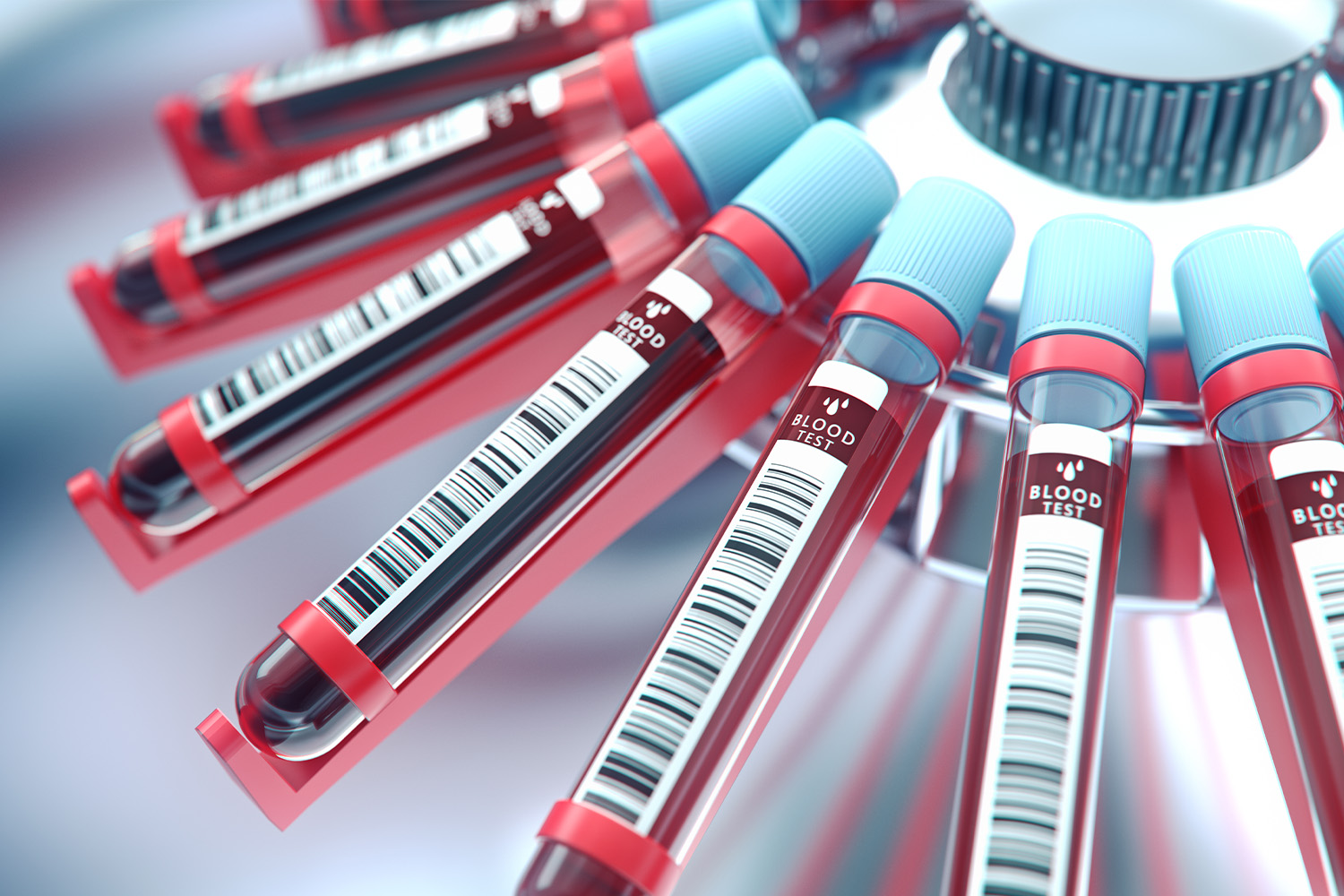In medical device studies, outcome measures are a pivotal element in evaluating the efficacy and safety of new medical innovations. At iProcess Global Research, we recognize the profound importance of these measures in shaping the trajectory of medical device development and approval.
The right outcome measures are essential to determine a study’s success and validity. These measures provide a quantifiable way to assess the impact of medical devices on patient health and safety.
We will review the different types of outcome measures and their significant impact on the research and development of medical devices, offering insights into their indispensable role in advancing healthcare technology.
What Are Outcome Measures in Medical Device Studies?
Outcome measures in medical device studies are quantifiable indicators used to assess the effectiveness and safety of a medical device. These measures are integral in evaluating how well a device performs in a clinical setting, serving as benchmarks for success or areas needing improvement. They range from clinical endpoints, such as the rate of symptom relief, to more subjective measures like patient-reported outcomes.
Outcome measures are the yardstick by which a medical device’s efficacy, safety, and overall impact are gauged, providing critical data that guide researchers, manufacturers, and regulatory bodies in making informed decisions about the device’s future.
Why Are Outcome Measures Critical?
Outcome measures are important in medical device studies for several reasons.
Firstly, they are essential in ensuring patient safety. By accurately assessing the performance and impact of a device, researchers can identify any potential risks or adverse effects, thereby safeguarding patient health.
Secondly, outcome measures are important for demonstrating device efficacy. They provide tangible evidence that a device is performing as intended, which is vital for gaining the medical community’s and patients’ trust.
Finally, these measures play a significant role in the regulatory approval process. Regulatory bodies like the FDA scrutinize these measures to determine whether a device meets the required standards for market entry.
The right outcome measures can accelerate the approval process, while poorly chosen or inadequate measures can lead to delays or rejections, underscoring their importance in the journey from concept to market acceptance.
Types of Outcome Measures Used in Medical Device Studies
In medical device studies, outcome measures can be broadly categorized into three types, each serving a unique purpose in evaluating the device’s impact:
Clinical Endpoints
These are direct measures of how a patient feels, functions, or survives. Examples include the reduction of symptoms, improvement in physical function, or survival rates. Clinical endpoints are imperative for assessing the direct benefits of a medical device on patient health.
Surrogate Endpoints
These are indirect measures of clinical outcomes. They are used when direct measures of clinical benefit are unavailable or hard to obtain. For instance, blood pressure can be a surrogate endpoint for stroke prevention. Surrogate endpoints are valuable for early indications of a device’s effectiveness but require validation to ensure they accurately predict clinical outcomes.
Patient-Reported Outcomes
This category includes any report of the status of a patient’s health condition that comes directly from the patient, without interpretation by a clinician or anyone else. It encompasses aspects like pain levels, mental health status, and overall quality of life. These outcomes are increasingly recognized for their importance in understanding the patient’s perspective on treatment efficacy and satisfaction.
How to Choose the Right Outcome Measures?
Choosing the right outcome measures for medical device studies involves a careful consideration of several factors:
Device Type and Intended Use
The nature of the device often dictates the most relevant outcomes. For example, a device aimed at improving mobility would have different outcome measures compared to one designed for pain management.
Study Goals and Objectives
The primary objectives of the study guide the selection of outcome measures. If the goal is to demonstrate efficacy, clinical endpoints might be prioritized, whereas for safety assessment, monitoring adverse events would be key.
Patient Population
The characteristics of the target patient population, such as age, disease severity, and comorbidities, should align with the chosen outcome measures.
Clinical Endpoints: What Should Researchers Focus On?
In medical device studies, focusing on clinical endpoints involves identifying direct measures that reflect the tangible benefits or changes in a patient’s health status due to the device.
These endpoints, essential for demonstrating the practical impact of a medical device, might include:
- Improvement in Disease Symptoms: Evaluating how effectively the device alleviates or manages symptoms associated with the target condition.
- Functional Outcomes: Measuring the impact of the device on patients’ daily activities and physical capabilities.
- Survival Rates and Life Quality: Assessing the device’s effect on overall survival rates and quality of life, especially in life-sustaining or enhancing devices.
Selecting the right clinical endpoints depends heavily on the device’s intended use and the specific health condition it addresses. Researchers need to ensure these endpoints are relevant, measurable, and directly linked to the device’s therapeutic action.
What Is the Role of Surrogate Endpoints in Medical Device Studies?
Surrogate endpoints provide an alternative pathway for assessing a medical device’s efficacy, especially when direct clinical outcomes are difficult to measure or require a long time to observe. These endpoints are particularly useful in early stages of clinical trials.
They include measurements like:
- Biological or Physiological Markers: Indicators that can be quantifiably measured in the body and are believed to reflect changes in a health condition or disease (e.g., blood pressure as a surrogate for stroke risk).
- Imaging Results: Changes observed in medical imaging that can predict the device’s effectiveness, such as tumor size reduction in cancer treatment devices.
While surrogate endpoints can expedite the evaluation process, it’s important to validate them to ensure they accurately represent the clinical outcomes they are supposed to predict. This validation process is essential to ensure that the surrogate endpoint reliably correlates with a meaningful clinical benefit.
Understanding Patient-Reported Outcomes
Patient-reported outcomes (PROs) offer a unique perspective in medical device studies, focusing on the patient’s own assessment of their health and well-being. These outcomes are particularly valuable because they provide insights into the patient’s subjective experience with the device.
Key aspects of PROs include:
- Self-Reported Symptoms: Information on symptoms or side effects experienced by the patient, which may not be otherwise observable.
- Quality of Life Assessments: Evaluating how the device impacts the patient’s daily life, mental health, and overall well-being.
- Satisfaction and Preference: Understanding patient satisfaction with the device and their preference over other treatment options.
Incorporating PROs into a study can provide a more comprehensive evaluation of the device, considering not just the clinical or physiological impact but also how the patient feels and functions in their everyday life.
Balancing Objective and Subjective Measures
Choosing the right outcome measures involves striking a balance between objective data and subjective experiences.
This balance ensures a holistic view of the device’s impact:
- Combining Different Types of Measures: Integrating clinical endpoints, surrogate endpoints, and PROs to get a complete picture of the device’s effectiveness and impact.
- Weighting Measures Appropriately: Depending on the study’s goals and the device’s nature, different measures may be given varying levels of importance.
By balancing these different types of outcome measures, researchers can gain a nuanced understanding of the device’s efficacy and safety, considering both quantifiable results and personal patient experiences.
This comprehensive approach is essential for a well-rounded assessment and supports informed decision-making in medical device development and approval processes.
Challenges in Measuring Outcomes and Overcoming Them
In medical device studies, selecting and measuring the right outcome measures present unique challenges. These challenges can stem from various factors, including the complexity of the device, variability in patient responses, and evolving technological capabilities.
At iProcess Global Research, we understand these challenges and are committed to providing solutions:
- Adapting to Device Complexity: Advanced medical devices often have multifaceted impacts, making it challenging to identify specific outcome measures. We assist in designing studies that can comprehensively assess these complex devices.
- Accounting for Patient Variability: Individual differences in patient responses can complicate the interpretation of results. Our approach includes diverse patient sampling and robust data analysis methods to mitigate these variabilities, ensuring more reliable and generalizable findings.
- Technological Evolution: With the rapid advancement of medical technology, staying ahead in measurement techniques is imperative. We integrate the latest technologies and data analysis tools to capture and interpret nuanced outcome measures effectively.
The Bottom Line
At iProcess Global Research, our exploration of outcome measures in medical device studies reaffirms their essential role in advancing medical technology. From ensuring patient safety and device efficacy to meeting regulatory standards, these measures are the backbone of successful medical device research.
Embracing both traditional and innovative approaches, we strive to enhance the accuracy and reliability of medical device studies. As the medical field continues to evolve, we remain dedicated to supporting the development of medical devices that improve patient care and advance healthcare technology.
Read our blog to learn more about medical device testing.
Sources:
Why measuring outcomes is important in health care | NCBI
Is the trend of increasing use of patient-reported outcome measures in medical device studies | PCM




